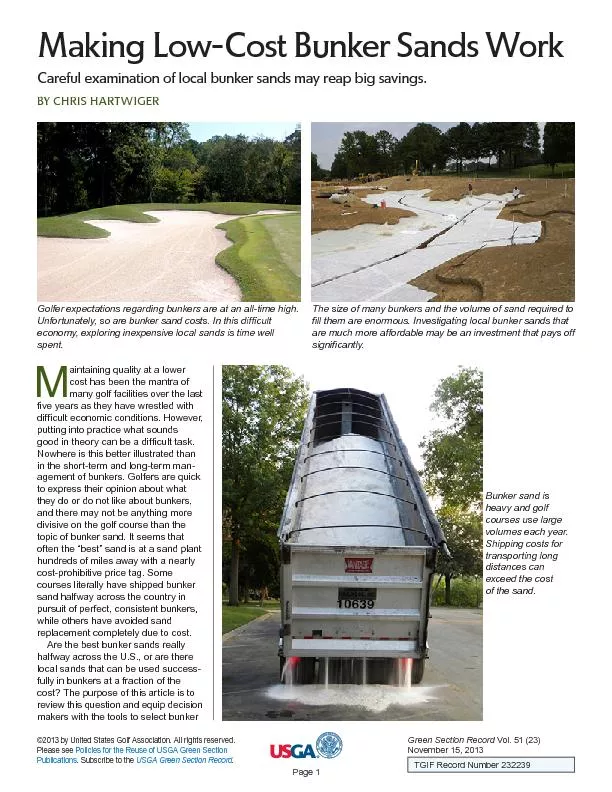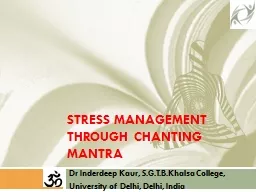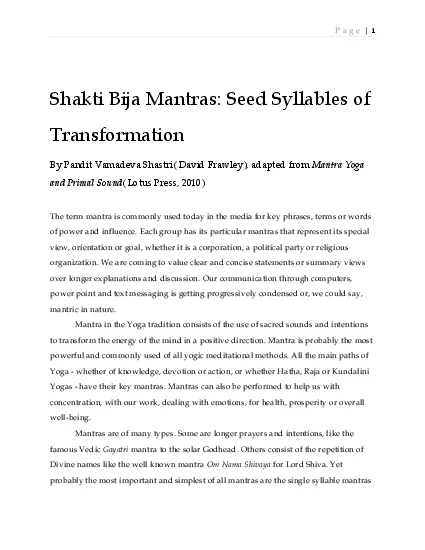PDF-aintaining quality at a lower cost has been the mantra of many golf fa
Author : natalia-silvester | Published Date : 2016-05-17
Making LowCost Bunker Sands WorkCareful examination of local bunker sands may reap big savingsBY CHRIS HARTWIGER Page 1 TGIF Record Number 232239 Green Section Record
Presentation Embed Code
Download Presentation
Download Presentation The PPT/PDF document "aintaining quality at a lower cost has b..." is the property of its rightful owner. Permission is granted to download and print the materials on this website for personal, non-commercial use only, and to display it on your personal computer provided you do not modify the materials and that you retain all copyright notices contained in the materials. By downloading content from our website, you accept the terms of this agreement.
aintaining quality at a lower cost has been the mantra of many golf fa: Transcript
Download Rules Of Document
"aintaining quality at a lower cost has been the mantra of many golf fa"The content belongs to its owner. You may download and print it for personal use, without modification, and keep all copyright notices. By downloading, you agree to these terms.
Related Documents














